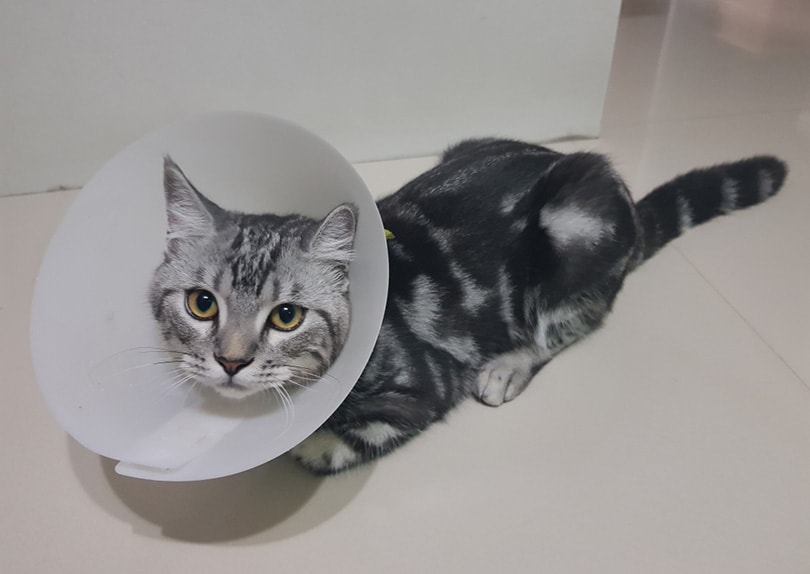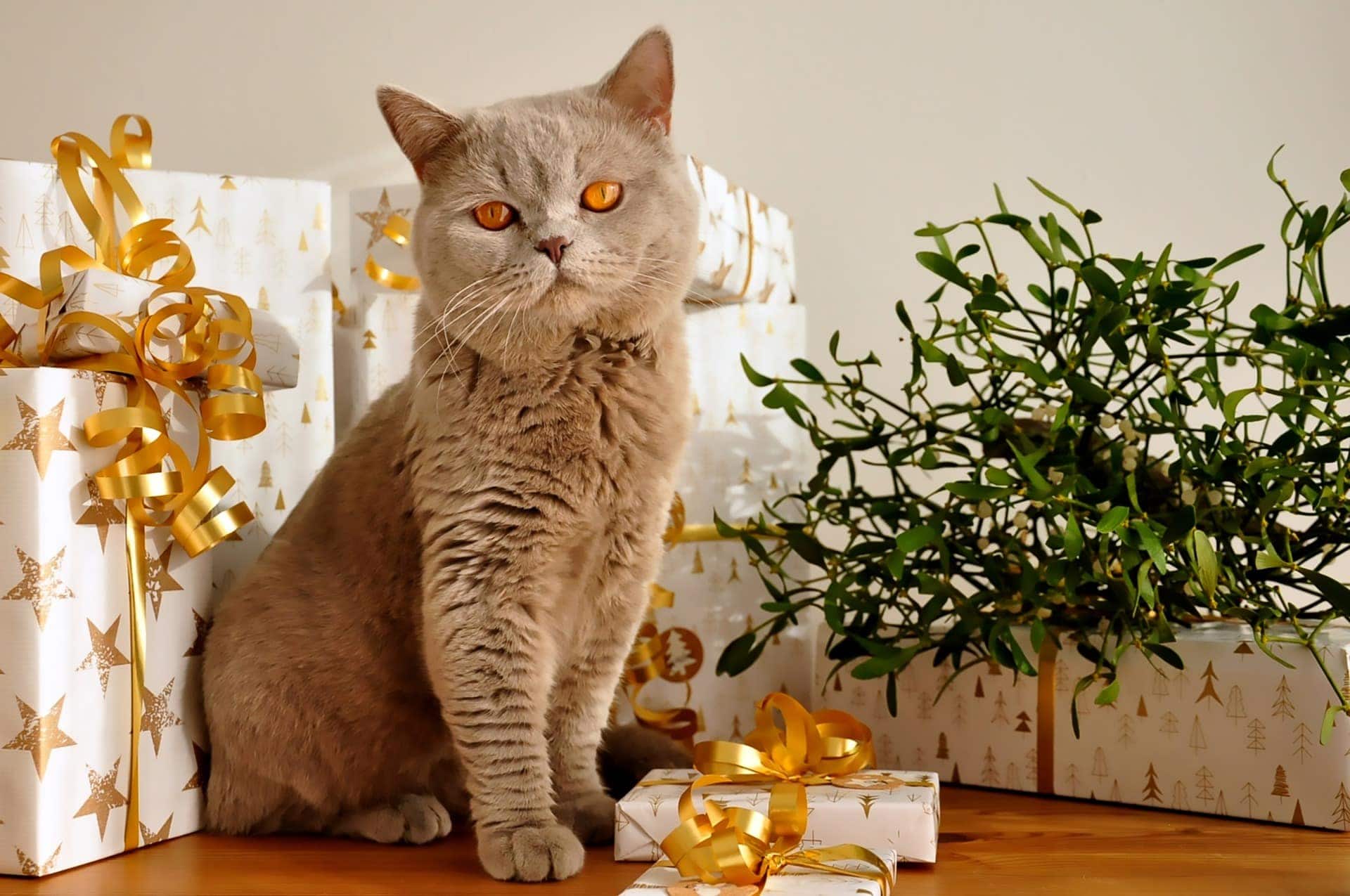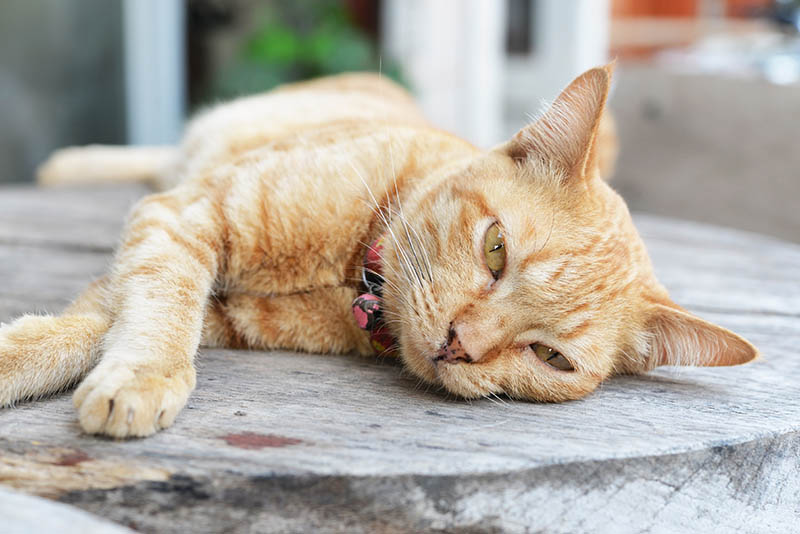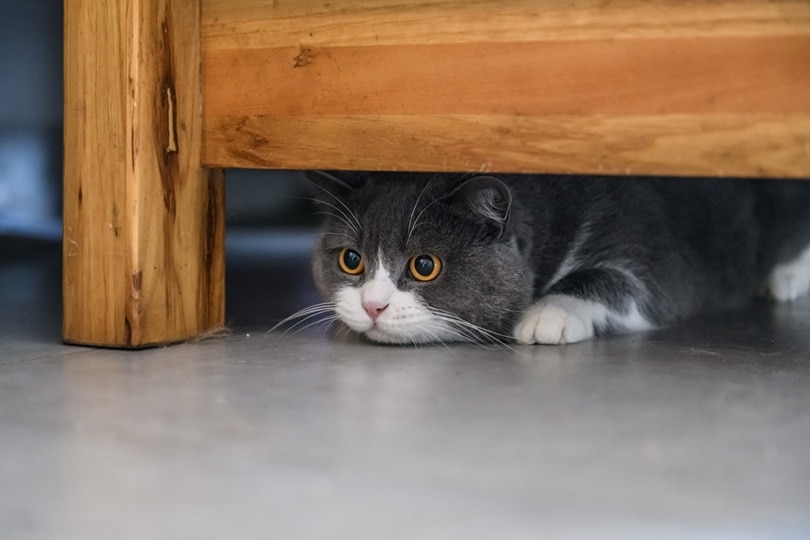4 Types of Cat Scratchers (with Pictures)
Updated on
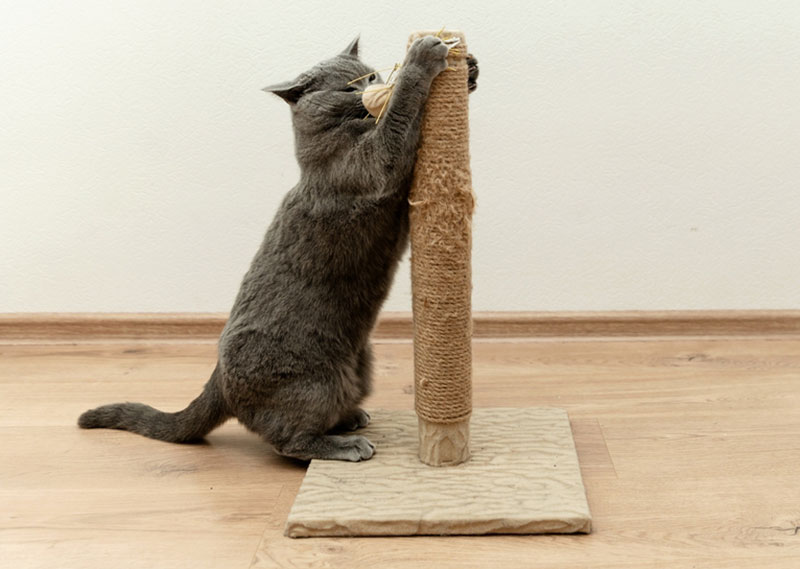
Cats need to scratch. It is not just something they do sometimes—it’s a natural behavior all cats need to do. Therefore, it is important to provide cats with appropriate places to scratch, or they will find a place (and, usually, it isn’t somewhere you want them to scratch).
Every cat needs at least one cat scratcher. However, it is often best to give them a few options. Cats have different preferences for where and how they like to scratch. If you don’t provide them with an option they like, they may just decide to use your couch.
Luckily, there are lots of cat scratchers on the market today. In this article, we will explore some of the different types of cat scratchers and their benefits.
The 4 Types of Cat Scratchers
1. Vertical Cat Scratchers
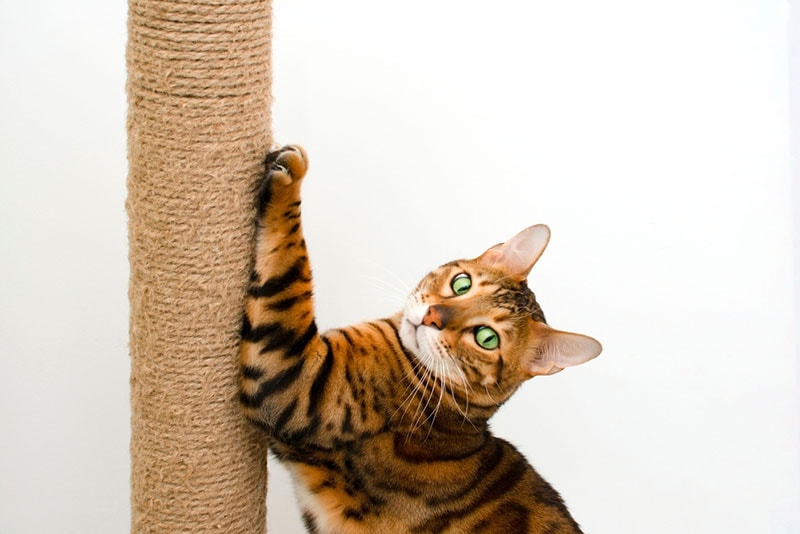
Vertical cat scratchers are the most-loved option for both cat owners and their cats. These scratchers are designed as upright posts or towers, allowing cats to stretch vertically to scratch. This position allows cats to stretch while scratching.
Because these scratchers are so common, they come in many varieties and materials. You can find them with sisal rope, carpet, and even cardboard. Therefore, finding one that matches your cat’s texture preference is often straightforward.
Vertical scratching helps cats exercise their muscles. If you choose a small (or large) tower, it also provides cats a place to climb. Plus, these scratchers take up little floor room. Some vertical scratchers are even equipped with additional features such as perches, hiding spots, or toys to enhance your cat’s playtime.
2. Horizontal Cat Scratchers

As the name suggests, these cat scratchers lay on the floor. Your cat stands on them and then scratches the floor. Some cats simply prefer these horizontal scratching surfaces to vertical posts. They exercise different groups of muscles, so it may be best to provide both a horizontal and vertical scratcher for your cat.
These scratchers come in various forms, including flat boards, mats, or loungers. They are typically made of corrugated cardboard or woven sisal, which provide an enticing texture for scratching.
However, these scratchers are often rarer than the vertical option. Therefore, they’re often harder to find in specific styles or with specific textures.
3. Combination Cat Scratchers

Combination cat scratchers try to provide cats with vertical and horizontal scratching opportunities. Often, these are post-style scratchers that have a large base to provide cats with a horizontal scratching surface.
The combination design caters to cats with varied scratching preferences, allowing them to choose the position that suits them best. Some combination scratchers feature additional elements like perches, tunnels, or dangling toys, creating a multifunctional play area for your feline companion.
These scratchers are particularly beneficial for multi-cat households where different cats may have individual scratching preferences. If you don’t have much room or don’t want to have more than one scratching post, this may be a solid option.
4. Wall-Mounted Cat Scratchers
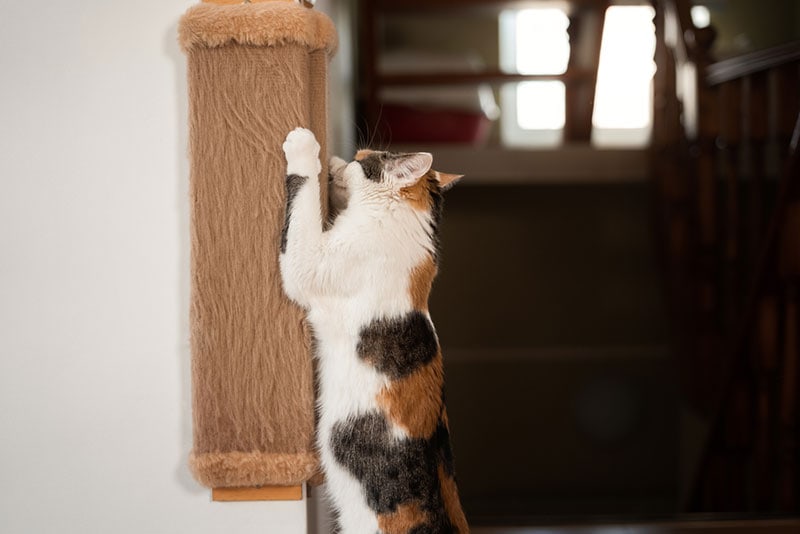
Sometimes, even with a scratching post, some cats prefer to scratch up the wall. Or, you may be particularly low on floor space. Either way, a wall-mounted cat scratcher can be useful for these situations.
Wall-mounted scratchers often come in different shapes and materials, such as sisal, carpet, or textured wood, providing cats with various scratching surfaces. These scratchers not only save space but also offer vertical scratching opportunities.
You can strategically place these cat scratchers near furniture or walls where your cat likes to scratch. Hopefully, this gives your cat an appropriate place to scratch in their preferred area and position.
Which Cat Scratcher is the Best?
No type of cat scratcher is necessarily the best. Cats need to scratch, but how they do that is largely a matter of personal preference. Some cats don’t have a preference at all and will use almost anything. Others may only want to use a specific type of material in a specific position.
Generally, we recommend providing as many different kinds of scratchers as possible. Different scratching positions use different muscles, so providing some variety helps your cat stay healthy (and prevents them from looking at your furniture or walls to fulfill their scratching needs).
However, you may find that your cat only uses a specific kind of scratcher. In this case, there’s no need to provide them with many different kinds.
In a multi-cat household, provide at least one scratching area per cat. Furthermore, consider each cat’s different scratching preferences. Make sure everyone has an area they like.
Final Thoughts
There are two main types of cat scratchers: vertical and horizontal. These types are pretty straightforward. Vertical scratchers let cats scratch while stretched or standing on their back legs, while horizontal ones lay parallel to the floor.
Combination cat scratchers attempt to provide both types of spaces in one unit. They are great if you just want one scratching space. Wall-mounted options are also available for smaller spaces and work well for cats that tend to scratch up the walls.
Featured Image Credit By: Vadym_Hunko, Shutterstock

